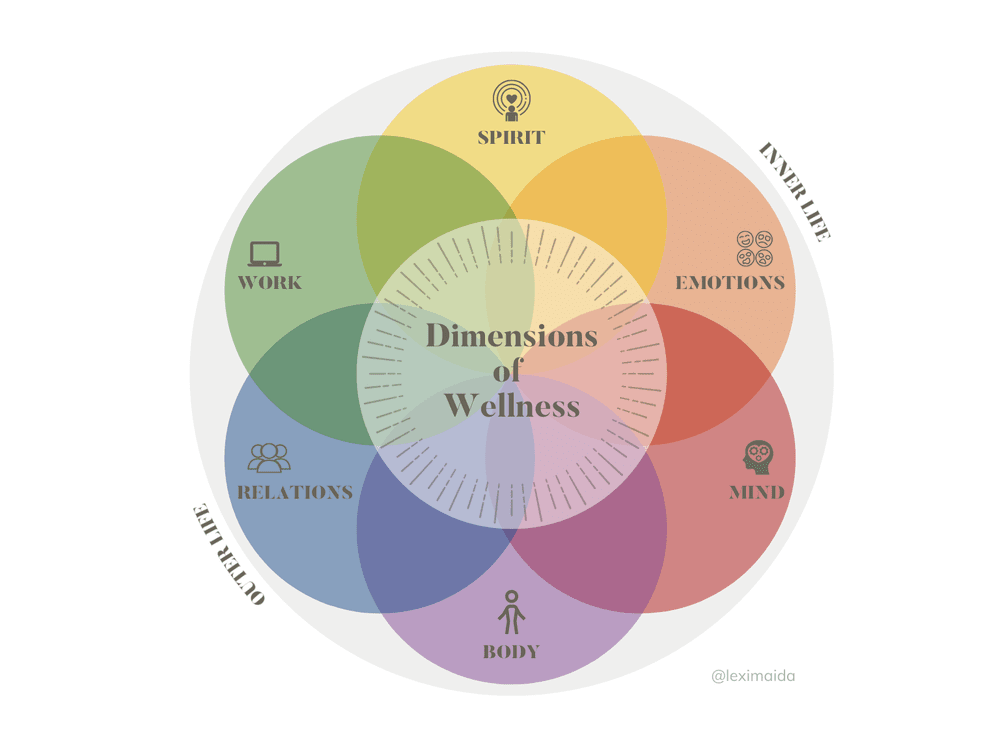Quality of Life & Business
Businesses Are People
People-business-business-people, you cannot separate the two. There is no product or service that isn't made with an end consumer in mind, nor is there any business that isn't made up of stakeholders (employees, communities, customers, and investors). Prior to the human experience of a product or service, a business is just an idea, a vision, or a construct of an entrepreneur's mind with the hopes that it will serve people if brought into reality.
Business Psychology is the study and practice of improving working life. It combines an understanding of human behavior with experience of the world of work to attain happier, more effective, more productive, and sustainable performance for both individuals and organizations. It was Mahatma Gandhi who said, “A nation's greatness is measured by how it treats its weakest members.” I would carry the same measure to business. My professional focus is to anchor business psychology to human psychology and help business leaders understand that the health of a business is measured against the least healthy stakeholder. Too many times we measure the quality of a business by metrics that aren't an actual reflection of its sustainable wellness.
The Wrong Measure
The standard measure of the quality of a business is revenue or profit, which is measured in dollars. What does a dollar actually represent?
Perhaps you've studied or heard of Adam Smith who has been referred to as the "father of economics." One of his most prominent capitalistic ideas includes the "invisible hand” that guides the invisible forces of supply and demand. Through self-interest, people are motivated to care for themselves, which inadvertently creates the best outcome for all. The premise was that if a business meets the needs of their customers, they will earn revenues and profits for themselves. Their purpose may be to earn money, but they are also providing products that people want.
What if the driving factor of the invisible hand is consistently being attributed to the wrong side of the coin? Through mass production, capitalistic economies have been fighting the fact that demand is supposed to drive supply, not the other way around. You see, the butcher should observe the demand for meat and provide it to achieve his personal motivation to bring home the bacon (unashamed fan of puns). Beginning with the division of labor, which led to mass production, supply began to be produced for future or predicted demand.
Fast forward to a society where we are bombarded with advertisements, sales, promotions, and marketing schemes. It is not hard to see that modern economies are pushing hard to make the invisible hand work with supply as the engine and demand as the effect. Unfortunately, the evidence that this is not the true measure of a healthy economy resides in the effects of increasing inequality, a shrinking middle class, VUCA (volatility, uncertainty, complexity, ambiguity) in business, network effects for FAAMG (Facebook, Apple, Amazon, Microsoft, Google), among many other unsustainable results. Today, business is about trying to sell products and services, as opposed to producing what people actually want or need to improve their quality of life. The fact that two of the most successful businesses in the world today are primarily advertising models should speak volumes to this point.
Back to the original question about what a dollar actually represents. A dollar of revenue is representative of the labor it took for a person to earn it and their propensity to spend it. Demand used to represent the quantity of products and services people wanted and needed to achieve their personal definition of a healthy quality of life. It was more of the “work to live” model, whereas today’s culture has shifted to more of a “live to work” model. Fabricating demand through marketing and advertising to sell excess supply requires selling things people don’t actually need. In other words, businesses need consumption to go up. When people’s aspirational wants and needs are the value of production, consumption becomes the measure. When people’s ability to labor is the value of production, their quality of life becomes the measure. In an economy where supply is the engine, the most viable option for business is to cater to aspirational marketing and advertising to try to create false demand.
The Reckoning
I’m getting to a sort of “What came first, the chicken or the egg?” question here, except we must admit that demand always came first. What needs to happen in order for businesses to thrive is to remove the delusion that businesses have been operating under by acknowledging that the invisible hand is controlled by TRUE demand. If people are on the brink of personal collapse, businesses will follow. If people can’t work to provide a healthy quality of life for themselves and their families, demand will decrease and supply won’t be able to sell to aspirational desires. This is why luxury brands and unnecessary businesses are always the first to feel the hit during a financial crisis.
Remove the Blinders
How could we ever measure the quality of business (dollars) before we measure the quality of life of people? Increasingly, business leaders must face the reality that their success is dependent upon the success of their stakeholders. In other words, measuring the quality of life of stakeholders will reveal real demand between where people are and where they desire to be. Supplying this demand is following the invisible hand in its true operation.
This may seem like a massive undertaking, but it’s actually just a shift in focus. Businesses must control their attention to control their future. Wellness is a keyword in every business strategy these days, but it needs to be considered the lifeblood of how a business can survive. The first step is removing the blinders and seeing the truth. From this knowledge, business leaders can psychologically shift their own minds, which in turn will shift the direction of how organizations operate.
Secondly, taking an honest assessment of where the business is on the supply/demand scale will reveal the necessary steps toward shifting to a demand/supply model. Here are a few questions to begin the assessment process:
What dimension of wellness of people does the business serve with products or services (spiritual, emotional, intellectual, physical, social, occupational, financial, environmental)?
How does the business measure this dimension of wellness for their customer?
How does the business help improve the quality of life within this dimension for their customer?
Does this recognize and address the whole person (multi-dimensional approach)?
How does the business measure all of the dimensions of wellness for its employees, investors, and the local community?
Does this affirm and mobilize peoples’ ability to provide for their own quality of life?
By being aware of and answering these initial questions, business leaders can take the reins back into their hands. Perhaps the truth is they’re not taking the reins at all, they’re recognizing who has always held the reigns in the first place. People. Consumers.






